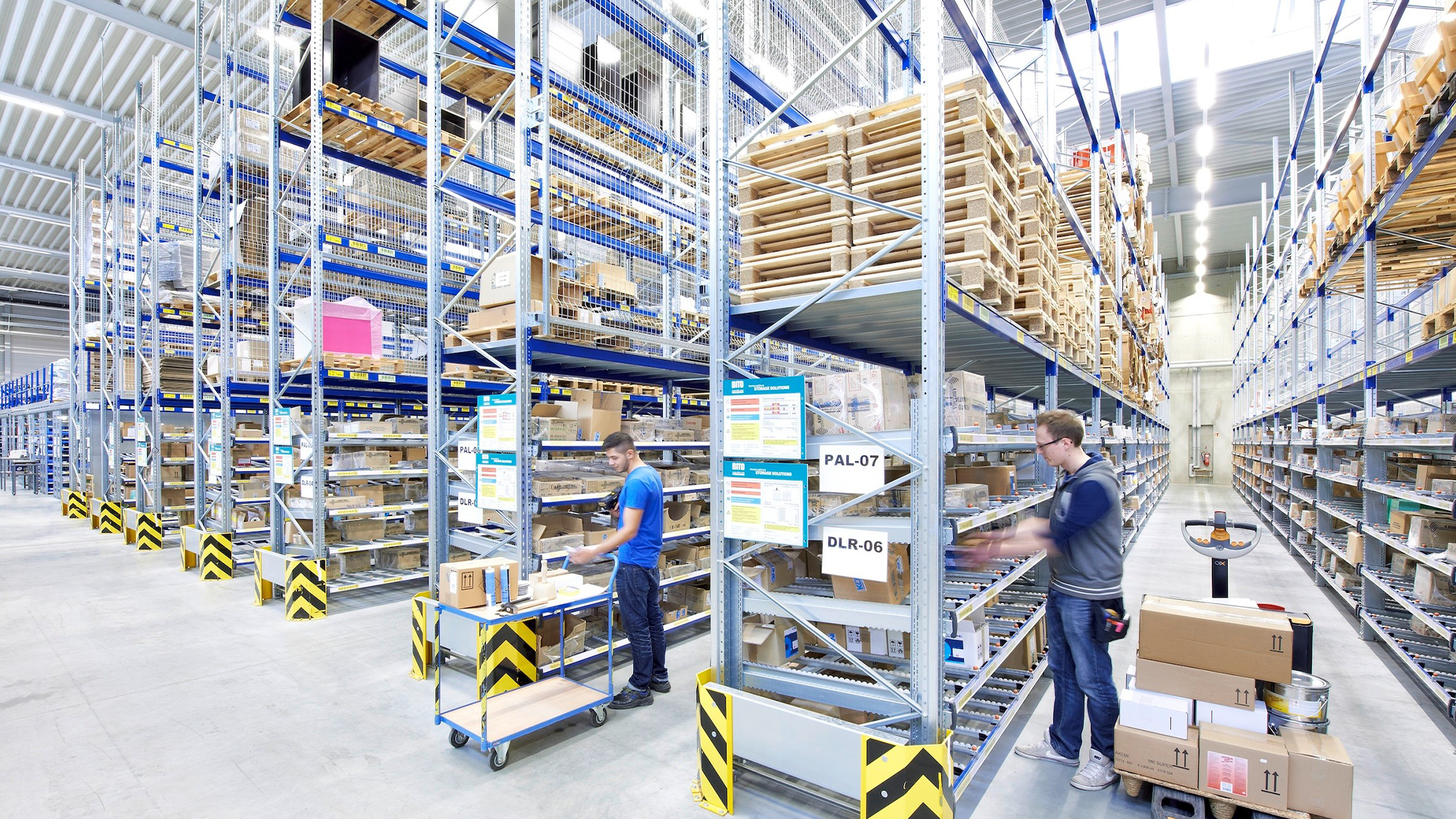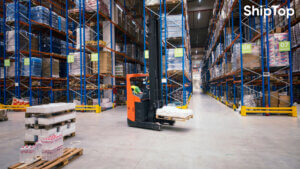Edward Hutchison, Managing Director of BITO Storage Systems, looks at ways retailers can get their storage ready to meet high customer service demands during the oncoming peak season.
When you drill right down to the core challenges created by omni-channel retail, storage systems play a key role in ensuring smooth intralogistics for successful fulfilment across the board. This will be on the minds of many retailers preparing for the annual peak season, kicking off with Black Friday on 24 November, followed by Cyber Monday and the Christmas shopping period.
The total value of retail sales for the 2024 holiday season is forecast to reach £96 billion, according to Statista forecasts, which is a £3bn increase from last year. Given that 2023’s total sales accounted for £426.6bn, the peak period clearly matters.
Black Friday continues to be a big event in itself. Last year it generated an estimated £13.3 billion in total sales, up 7.3% year-on-year, according to market intelligence company Mintel. An important statistic for retailers to keep in mind for their fulfilment operations in 2024 is that 84% of consumers agree that a positive experience with a retailer during Black Friday would encourage them to shop there again. Furthermore, Black Friday is not just online given 44% of consumers purchased a 2023 Black Friday deal in-store.
Competitive pressure is driving many retailers to start early on their peak preparations, including for inventories to ensure fulfilment across all channels keeps customers happy.
Anywhere, anyhow fulfilment requires storage and order picking systems that can facilitate rapid and accurate deliveries for store replenishment, click and collect and the direct to home channel. A single pool of stock within an omni-channel fulfilment facility will generally serve all channels, managed by sophisticated warehouse systems.
The storage complexities of serving the differing needs of multiple retail channels in terms of speeds and order quantities puts the focus firmly on solutions for picking operations. A warehouse will need to accommodate picking pallets and caseloads as well as large numbers of single items – some of which may go direct to a customers’ home, others will go to the store for click and collect – along with replenishment stock.
For online orders, hit rates at pick slots are much slower and the average web order tends to be a single item, though this of course varies depending on the retailer. A lot of travel can be involved in picking that order, resulting in quite a significant cost. Picking orders of mixed products going to the same consumer adds further complexity.
Flexible picking
Flexible picking systems are the answer. They will need to be scaleable – both up and down – to accommodate large variances in volumes, SKU range and profile. This is not only for fulfilment
but also for handling returns, which has a counter cyclical peak to fulfilment. Scaleability is not just for Christmas – if a retailer’s SKU range or order volumes increase at any point of the year then more pick locations will be required.
Storage and picking solutions have traditionally been dependent on labour availability, particularly to handle peaks. However, like many other businesses, warehouses are struggling to find staff, and when they can, they come at a greater cost that eats into margins. This is nudging many to take a look at automated storage.
With technology constantly improving, automation is increasingly becoming a more practical and flexible solution for a greater variety of ‘goods to picker’ installations.
If opting for an automated storage and retrieval system (AS/RS), then getting the greatest advantage from the investment will means paying attention to the design of the racking. Sourcing racking from a supplier, such as BITO, which can provide uprights in a range of widths to allow optimum adaptation to different load requirements and building constraints will allow a solution that can achieve the required storage density. Indeed, such a supplier will be able to offer the appropriate advice and design high density storage solution to meet any challenge.
An alternative to stacker crane based AS/RS comes in the form of shuttle racking, which provides high storage density storage. Battery-powered and remotely controlled by an operator, a shuttle moves pallets to the back and to the front of a channel, which can be as long as needed.
A ‘mechanical’ alternative to automating order picking can be taken with live storage for cartons or pallets stored in FIFO (First In First Out) order. Live storage flow shelves can be easily installed into pallet racking to increase the number of pick locations and volume of SKUs located on the ground level pick face. Goods are easily accessible from the front of the racking – the rollers on the flow shelves with bins and containers containing small items to be picked roll smoothly to the front of the shelf – which makes picking easy. A full container of items will roll to the operator each time the empty one at the front is removed. Adding simple technologies to live storage, such as pick-to-light and voice picking, will further improve accuracy and throughput speed in a system that offers a step towards automation. Flexible small goods pick faces can also be created from simple, standard shelving to hold plastic bins.
Automation does not have to be a fixed structure. Flexible solutions to help meet the challenge of handling peaks are now available in the form of robotics and Automated Guided Vehicles (AGVs) that benefit from simplified technology to lower their cost and make them more accessible, particularly for smaller operations. Working collaboratively with order pickers, a simple yet productive AGV internal transport system will enable staff to remain at the pick face where they are productive, while the AGV can transport the orders along the pick routes and, once complete, take them to packaging and despatch areas.
BITO’s LEO carrier is a good example of such a system. Delivered in a box, all that’s required to get going is to lay a route marked by a 19 mm wide track line for the transporters to follow using optical navigation. LEO carrier is equipped with a four shelf levels to hold goods being transported. Used as a trolley to accompany the order pickers it can also take picked goods to packing stations, deliver incoming goods to a bin storage facility/ASRS system within a warehouse or feed an elevator to take bins to a mezzanine or multi-level picking structures. It is also light enough to operate on a mezzanine itself.
For returns management, it can transport goods to reworking stations or back to the warehouse, with sufficient space for a number of bins and boxes or for individual items.
Without the need for complex installation, costly infrastructure and control software, the low-cost, simple yet effective driverless AGV can play a big role in improving fulfilment centre productivity, with a payback period often in one year or less. A further benefit during peak operations is that the AGV can transport items safely in areas of potential risk, such as busy lift truck routes.
For retailers planning their strategy to handle peak season, it is crucial to engage with experts in the field of storage efficiency as well as a supplier that can offer a one stop shop – not just for materials handling equipment, racking, live storage and shelving but also for the containers used with them. Creating a solution that can fulfil orders across all channels accurately, safely and efficiently will significantly contribute to keeping those vital peak trading customers happy and coming back for more.






